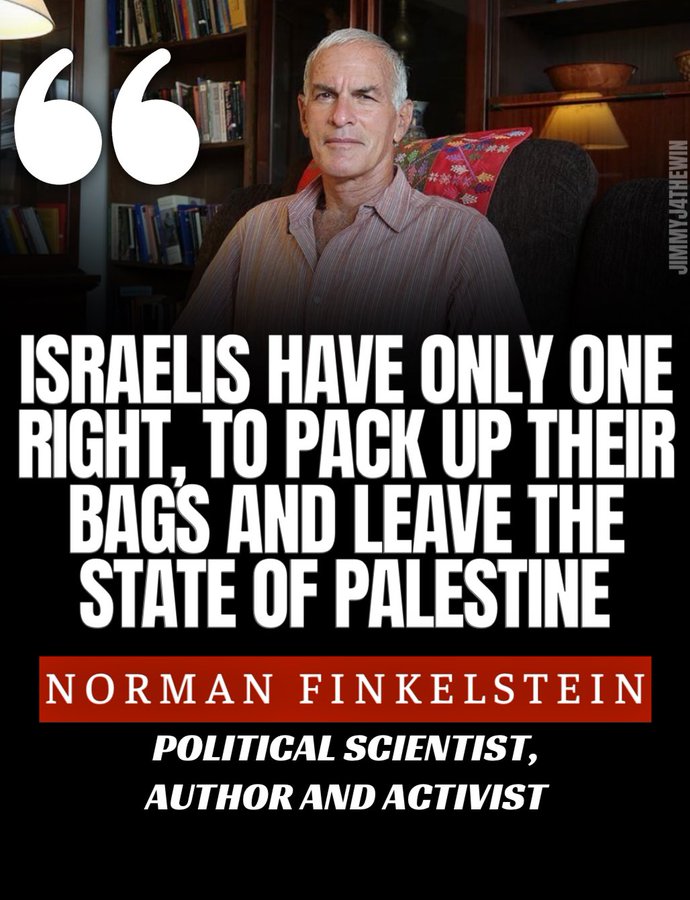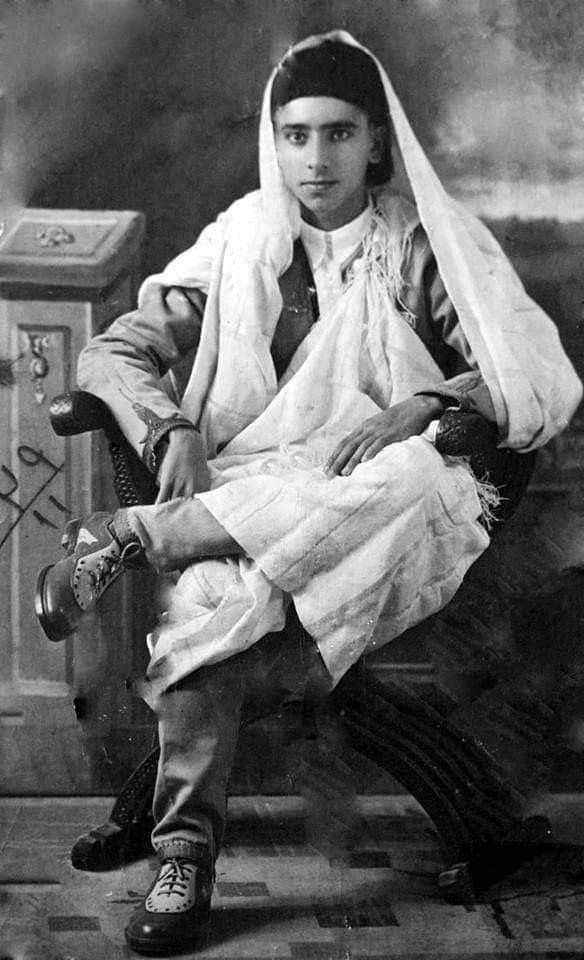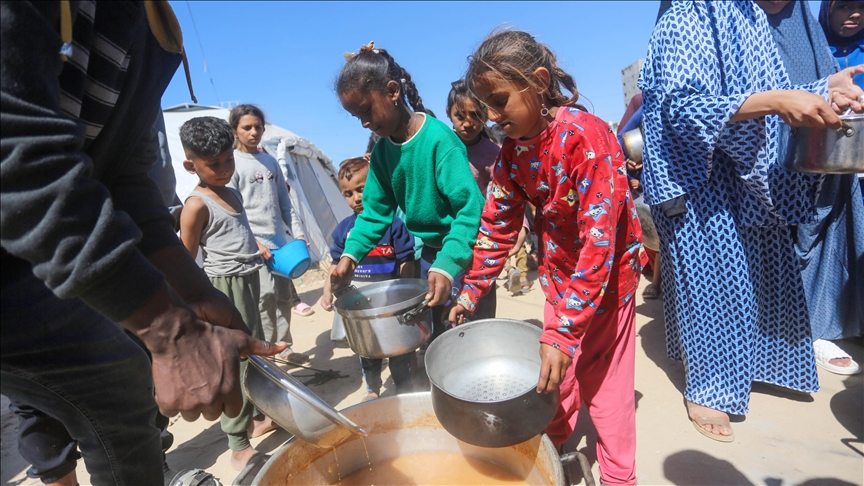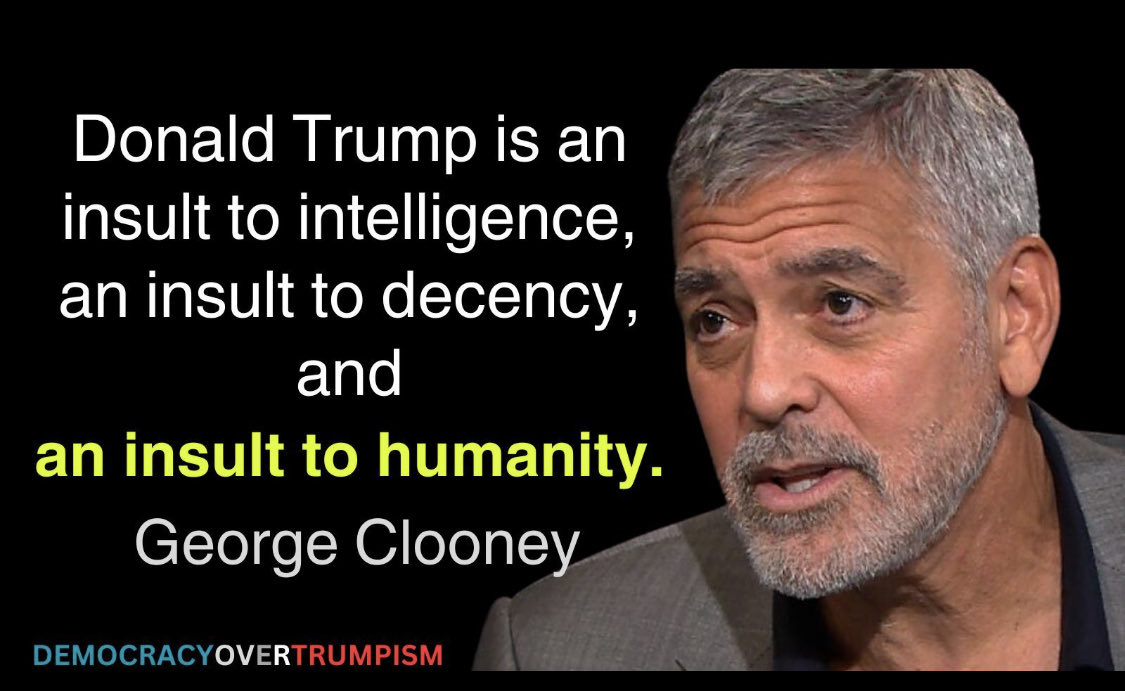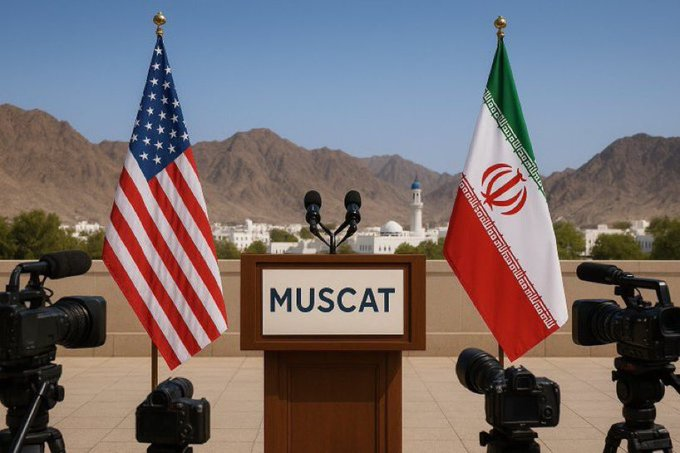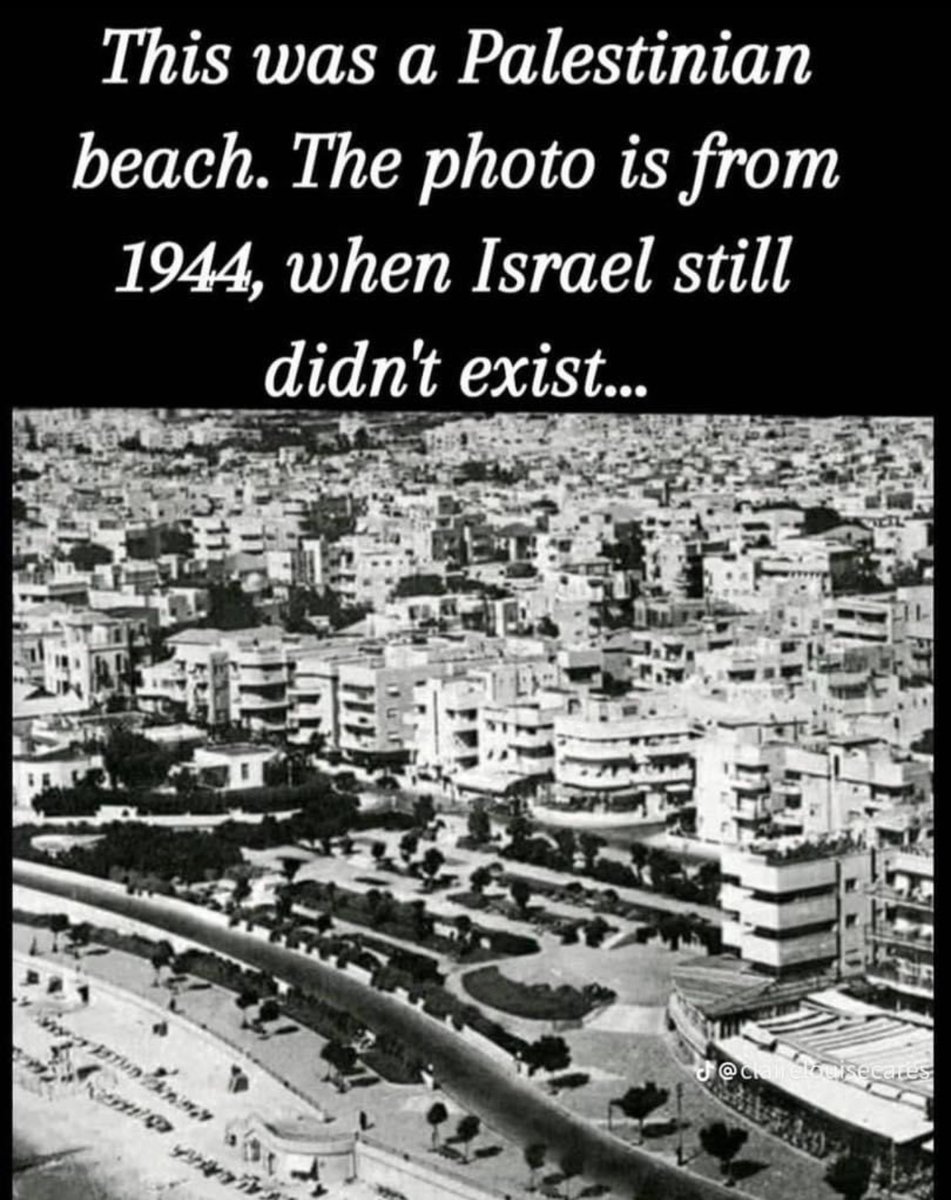Jerusalem Signs: Identity and Political Power
At a recent lecture hosted by the Council for British Research in the Levant (CBRL), Yasir Suleiman, professor of Modern Arabic Studies at the University of Cambridge guided the audience through the intricate linguistic landscape of Jerusalem. Exploring the Holy City’s street signs, Suleiman revealed how these seemingly mundane markers act as silent witnesses to history and power struggles, charting the evolution of identity and conflict in the region.
“Language is important, not because it gives you information, but because it stands for something that is beyond language,” Suleiman explained. “Road signs, anywhere in the world, do tell a story. They present you with a narrative, a cultural map, a linguistic map, and a political map.”
Language Layers of Jerusalem
Jerusalem’s street signs have long served as a battleground for identity and political power, reflecting the city’s historical transformations, from the Ottoman period through the British Mandate and into the present day. Suleiman traced this history, showing how language has shaped and been shaped by competing claims over the city’s public space.
Before the fall of the Ottoman Empire in 1917, Jerusalem’s signs prominently featured Ottoman Turkish (written in Arabic script) alongside English and occasionally French. Hebrew was largely absent. For instance, an original 1892 sign at the Jerusalem-Jaffa train station displayed the name of “Jerusalem” in English and Ottoman Turkish, with Hebrew was only added post-1948.
This marked a time when Hebrew was largely absent from Jerusalem’s linguistic landscape, reflecting its limited presence in the population’s daily life, while Arabic script was present, but the Arabic language itself was absent.
However, the rise of the Zionist movement sought to change this, prioritising Hebrew revival as a cornerstone of its political and cultural agenda.
Three Languages, One Hierarchy
Under British Mandate, it was decided that English, Arabic and Hebrew were all required on street signs. Yet, their arrangement revealed the prevailing power dynamics: English appeared at the top, Arabic in the middle, and Hebrew at the bottom, as stipulated by British authorities.
This vertical hierarchy symbolised the ruling power, with English taking precedence and Arabic reflecting the majority population (around 90% of the people in Palestine were Arabic-speakers, including the Jews and Christians). Hebrew’s lower placement underscored its marginal status at the time.
The Zionist movement, unhappy with this arrangement, lobbied for horizontal signs, where all three languages appeared side-by-side. Even so, Arabic retained a visual advantage because its right-to-left orientation naturally positioned it above Hebrew in terms of linguistic flow, as any right-to-left script placed on the right takes visual precedence over one positioned on the left.
Three Languages, Three Names
Suleiman highlighted how different languages on street signs often tell different stories about the same location. For instance, the famous Damascus Gate is labelled in Arabic “Bab el-’Amoud,” referencing Roman pillars in the area, while in Hebrew, it is called “Bab Nablus,” acknowledging Nablus’s religious significance for Jews, and in English, it is “Damascus Gate,” reflecting the trade connexions to the Syrian capital. Each language offers a distinct historical or cultural claim to the place, underscoring the city’s layered identity.
Three languages, Two Boxes
The 1948-1967 Jordanian control of Jerusalem brought changes to Jerusalem’s signs. With almost no Jewish presence within the Old City’s walls, the Jordanian authorities only put street signs in Arabic and English.
Arabic was placed above English, with the English text mirroring the Arabic perfectly (e.g., “Al-Malak Road”). This reflected a shift in status: English was no longer the language of the ruling power but had become merely a lingua franca, while Arabic took precedence as the dominant language.
However, after the Israelis occupation of East Jerusalem in 1967, the linguistic order shifted again. New signs were introduced, with Hebrew taking the top position, symbolising Israeli sovereignty. Arabic and English were relegated below it, marking a significant reordering of visual and political priorities.
By 1980, when the Israeli Knesset declared Jerusalem the capital of Israel, the street signs further evolved to reflect political realities. A single box now contained all three languages, with Hebrew firmly at the top. Arabic began to diminish in influence, with English morphology increasingly aligning with Hebrew rather than Arabic conventions. For instance, “Ha-Malak Road” replaced “Al-Malak Road,” subtly asserting Hebrew’s dominance over Arabic.
Signs of Power
This dynamic became even more pronounced in 2018 when the Israeli Knesset stripped Arabic of its status as an official language. On modern street signs like “Nablus Road,” Hebrew now appears on top of the three languages and often in its fully pointed form, a form traditionally reserved for sacred texts, emphasising its elevated status in Israel’s narrative of Jerusalem.
Suleiman underscored how Jerusalem’s street signs are not just tools for navigation, they are symbols of power. “These signs are not about informing you where you are, they tell you who owns the place, who calls the shots.”
Street signs of Jerusalem have become a linguistic archaeology, with layers of history etched into their evolving forms. From the Ottoman period to the present day, they quietly tell the story of a city at the centre of competing claims over its identity.
This article was written by Sophie Constantin and appeared in the Jordan Times
The Teacher Tests World Audiences to Think Palestine
Oscar-nominated and BAFTA award-winning Palestinian-British filmmaker Farah Nabulsi is calling for global empathy for Palestinians through her debut feature film, The Teacher.
In an interview with Anadolu, Nabulsi said her goal is to challenge audiences to reflect on the hardships Palestinians face under occupation. “I really want people to ask themselves: Is this a reality they would accept for themselves? And if it isn’t, why have Palestinians been expected to?”
Nabulsi shared her experiences filming The Teacher, which premiered at the Toronto Film Festival on Sept. 9, 2023.
“Given the current reality in Palestine, as Israel conducts a genocide in Gaza, I hope this film offers a deeper human context to that reality. The sociopolitical is important but often missing from the discourse.”
Born and raised in the UK, Nabulsi said a visit to Palestine a decade ago profoundly changed her perspective.
“Despite thinking I knew about the injustice and discrimination, witnessing it firsthand—checkpoints, demolished homes, detained children—was shocking,” she recounted.
“This injustice hit me deeply,” she continued, explaining that storytelling became her way to process and respond.
Drawing inspiration from real life
Nabulsi said the script for The Teacher was shaped by her conversations with Palestinians and her observations during her time in Palestine. The film addresses settler violence, home demolitions, and the treatment of children in military courts.
Referring to a 2011 exchange where an Israeli soldier was released by Hamas in return for over 1,000 Palestinian prisoners, Nabulsi highlighted the disparity in the perceived value of human life.
“It’s this idea that Palestinian lives are not valued like Israeli Jewish lives. That imbalance inspired the story,” she said.
“I never could have imagined, though, the exponential magnification of that imbalance, as we now witness hundreds of thousands of Palestinians being killed, maimed, starved, and subjected to malnutrition and disease in Gaza.”
Filming amid real-life injustices
Filming in the occupied West Bank brought emotional and logistical difficulties, Nabulsi said.
“I didn’t realize how emotionally taxing it would be to witness these injustices while shooting scenes replicating them,” she said.
“It’s different from reading about it or watching it on the news. When your cast and crew have lived through these realities, you feel a responsibility to do justice to their experiences. It takes a mental and emotional toll.”
The film was shot near the village of Burin, close to Nablus in the occupied West Bank, where challenges arose during production.
“We heard that illegal Israeli settlers had descended onto the village, torching olive groves—something depicted in the story itself. On another occasion, I encountered a family with six children standing before the rubble of their freshly demolished home, an act mirrored in the film.”
Nabulsi said she hopes her work will inspire audiences to empathize with Palestinians and support their pursuit of freedom.
‘V’ For Gaza
American director and producer Michael Moore criticized the global propaganda concealing the genocide Israel has been committing against civilians in Gaza since October 7, 2023.
Moore stated in a post on “X” that his new film, From Ground Zero, sheds light on the atrocities committed against civilians since the start of Israel’s genocide in Gaza, emphasizing that no filmmaker, writer or artist should ever have to tell the story of their own extermination.
He condemned the dehumanization of five million Palestinians, the destruction of hospitals and schools, and the devastation of homes in Gaza.
Three Cheers For Iyah May
Australian singer-songwriter Iyah May garnered widespread attention after her latest track, “Karmageddon,” went viral on social media. She revealed that her management dropped her for refusing to change lyrics that branded Israel’s actions in Gaza as “genocide.”
In late 2024, the manager dropped May as she refused to change specific lyrics of the song. She revealed this on her Instagram in November.
In the song, May rails against “big pharma,” a “man-made virus,” “cancel culture,” and a war that she brands “genocide,” referring to Israel’s actions in Gaza.
Erasing any doubt about the lyrical targets, May’s website describes the track as “addressing the pandemic narrative, corruption within political, pharmaceutical, and health institutions, the Israel-Palestine conflict, violence against women and the social chaos that has swept through the world in the past few years.”
“While Karmageddon has sparked significant conversation and controversy, Iyah has stood her ground,” the website shares. “She refused to compromise her vision when asked to change a key lyric line, leading to the end of her contract with her manager. She chose to walk away from her record label and now, fully independent, Iyah continues to carve her own path as an artist.”
In the song, May says, “More than war, it’s genocide” and “Kids are killed from Israel’s actions.”
Despite losing her contract and manager, May’s Karmageddon has gone viral receiving support and likes from everywhere. On her Instagram, she expressed her gratitude to the people who supported her by saying:
“Thank you for getting behind this track with me. It’s been a journey to get this song out there and there were people who tried to stop this from happening.”
Raised in Far North Queensland in a tiny rainforest village in Australia, May pursued medicine in New York, where she met rapper Shaggy by coincidence and performed for him, accoridng to reports. Thus, setting the path for a music career as well. Before taking on the stage name ‘Iyah May’, she performed under the name, “Mayah”.
The track has caught the attention of those on the right, with Ryan Fournier, a political activist and chair of Students for Trump, sharing a clip of the song on X, formerly Twitter.


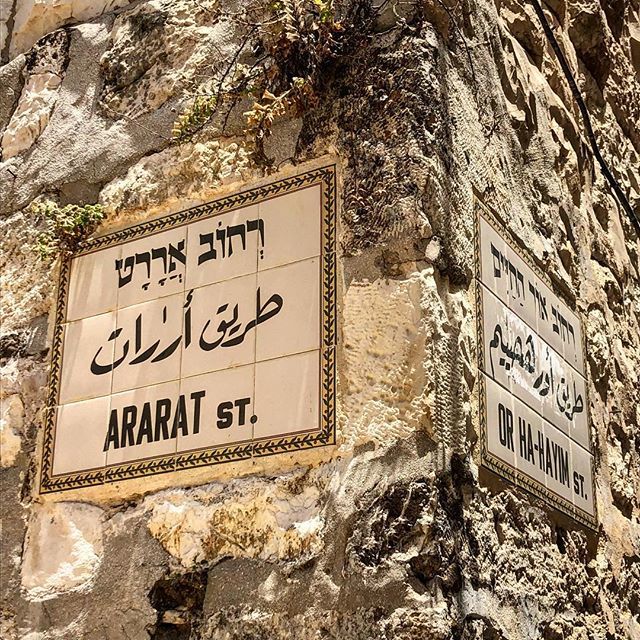

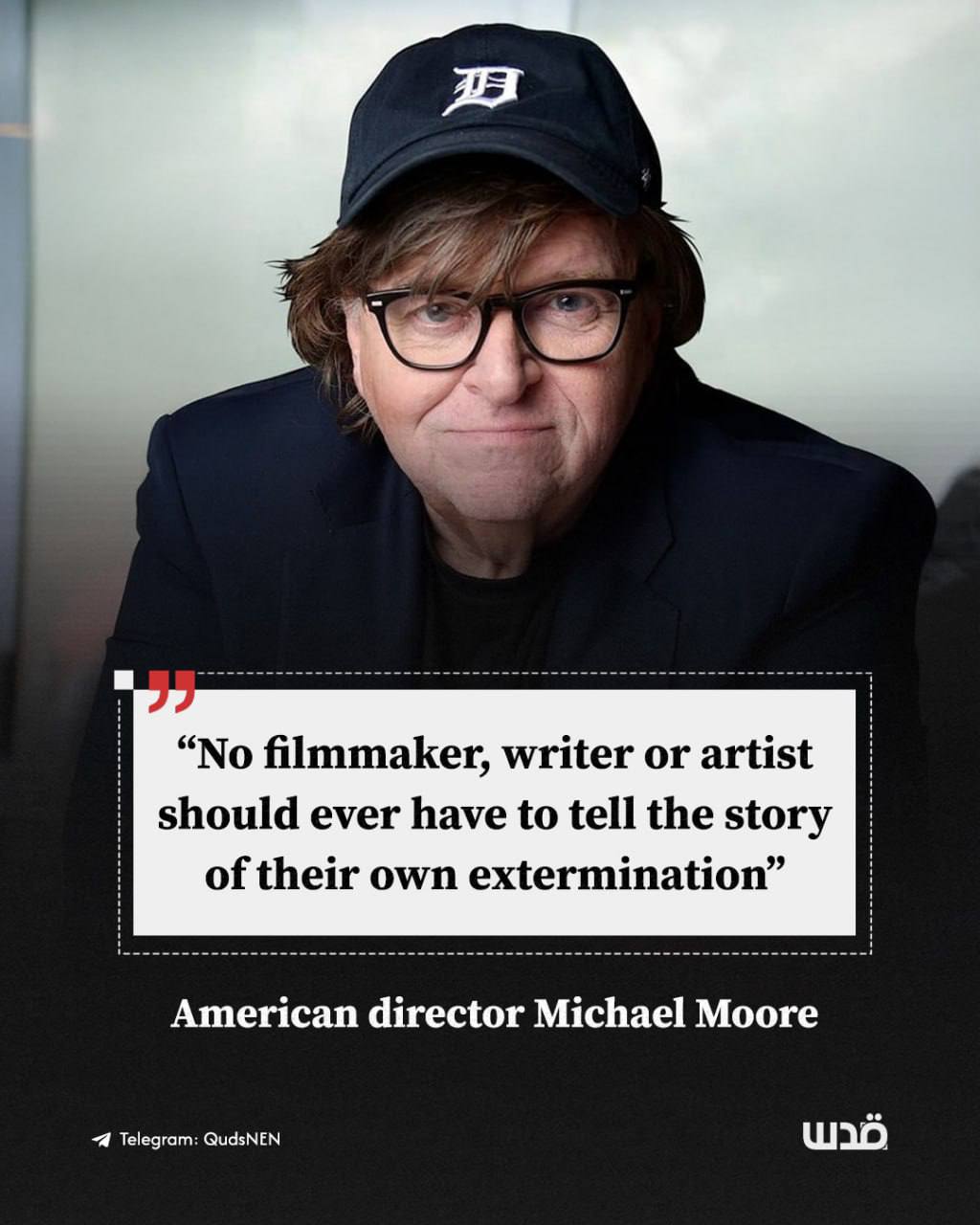
 LIVE updates:
LIVE updates: 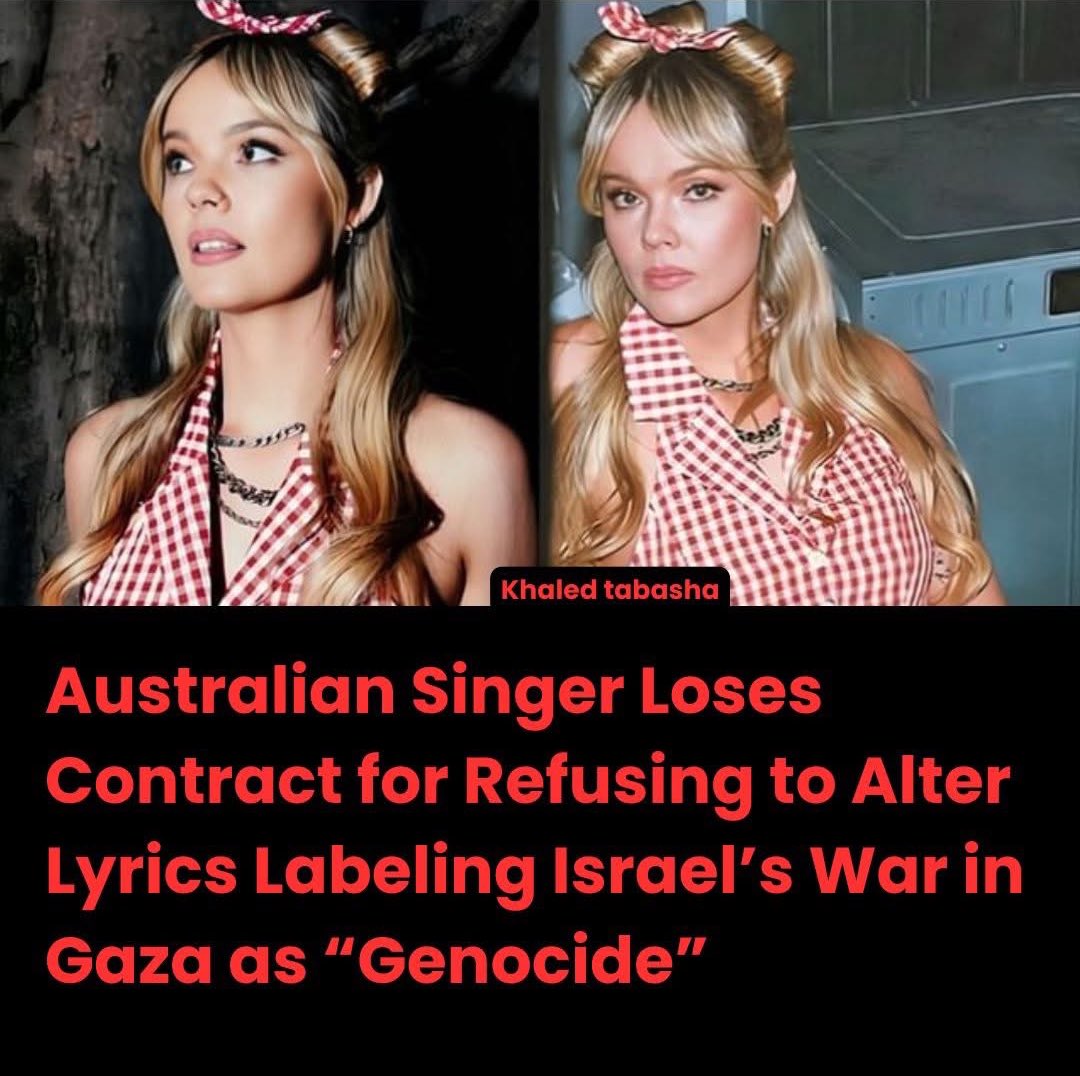


 this song is an anthem for the people who felt unseen, silenced, censored,…
this song is an anthem for the people who felt unseen, silenced, censored,… 